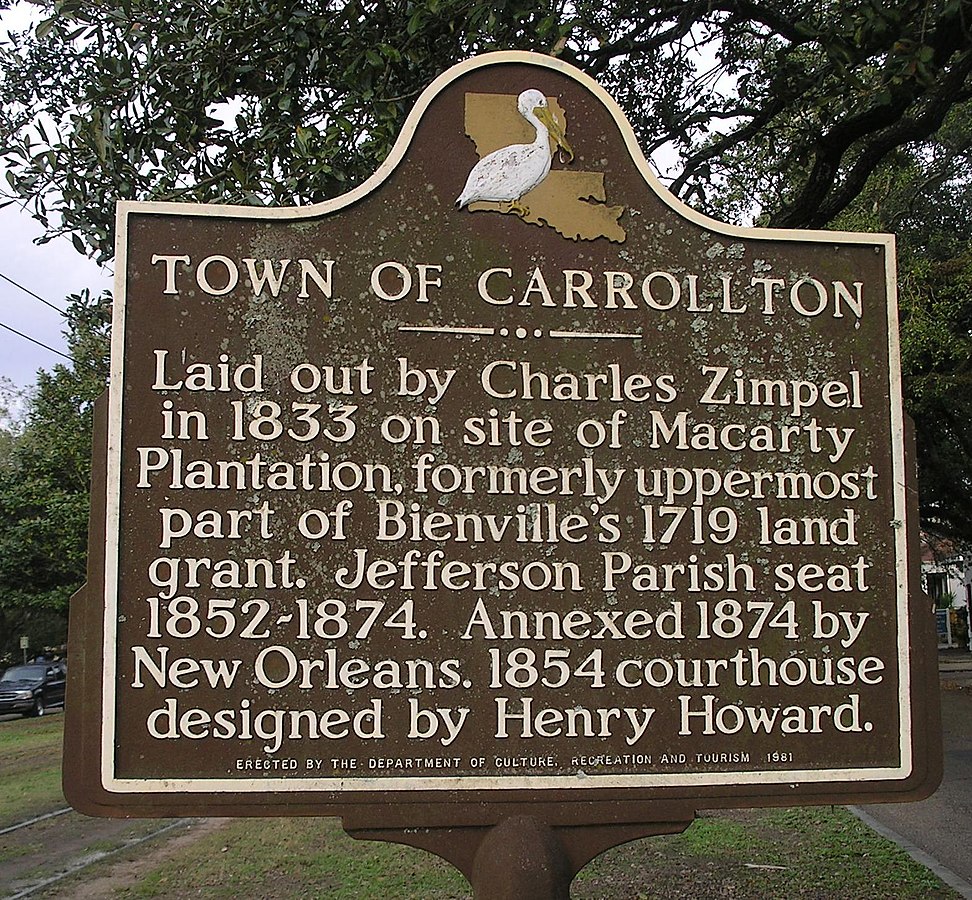Carrollton Homes for Sale
This mixed-use neighborhood is known for its oak trees, landmark restaurants and music venues, and a laid-back vibe.
The area of the historic neighborhood of Carrollton is the most upriver stretch of New Orleans and includes the Carrollton Historic District (since 1987). Carrollton was its own city, laid out in 1833 and annexed by New Orleans in 1874 (becoming the city’s 16th and 17th Wards). Although it is part of a larger area of Uptown, it is its own neighborhood with history and traditions, and it retains its distinct identity to this day. The area on the river side of Claiborne Avenue is sometimes referred to as “Old Carrollton.”
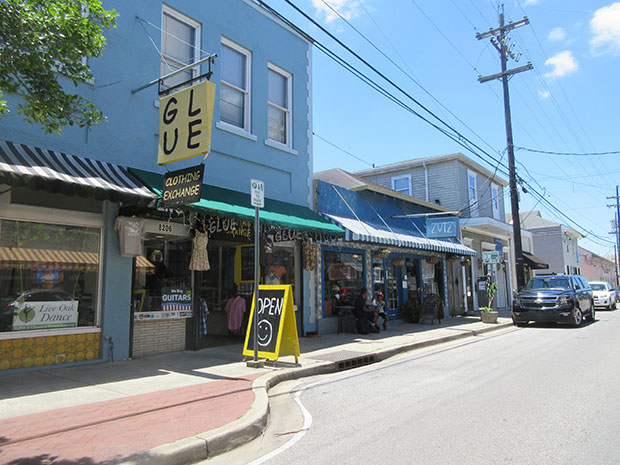
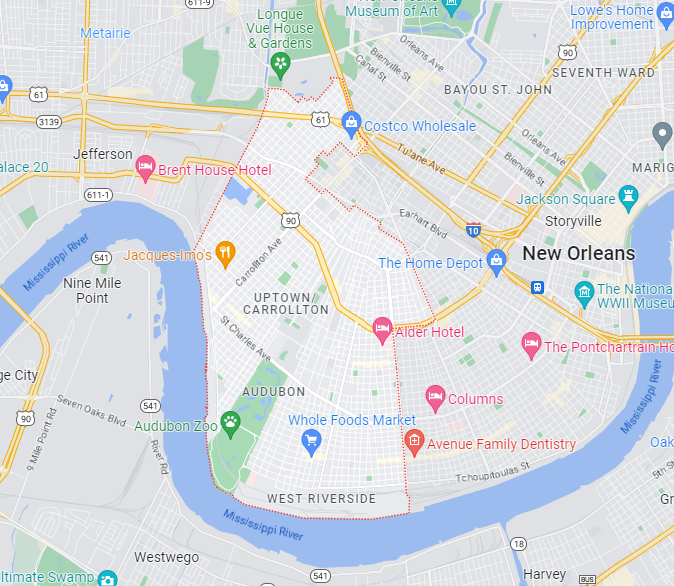
Where Is Carrollton?
Carrollton is a subdistrict of the Uptown/Carrollton Area. According to the U.S. Census Bureau, it has a total area of 0.64 sq. mi. (including Uptown) and 0.38 sq. mi. (East Carrollton only). East Carrollton was a portion of what was the city of Carrollton, Louisiana, before it was annexed to the city of New Orleans in the 19th century.
Historically, the boundaries of the city of Carrollton were the Mississippi River, the downriver border of Jefferson Parish, Fig Street, and Lowerline Street. The boundaries of East Carrollton are:
North: Spruce Street
East: South Carrollton Avenue
West: St. Charles Avenue
South: Lowerline Street

Homes for Sale in Carrollton, New Orleans
Why Buy a Home in Carrollton?
Carrollton is a laid-back, mixed-use commercial and residential area lined with Southern live oaks and populated by small businesses, iconic music venues, popular restaurants, and the charming Palmer Park known for its monthly art market. There are many things to love about Carrollton.
Architectural Styles. Italianate, Craftsman, Colonial Revival — are all represented in this historic area. The Carrollton Courthouse building near the Mississippi River is a fine example of neoclassical style. It was designed by prominent New Orleans architect Henry Howard, who also designed Nottoway and Madewood plantations. The building is being transformed into senior living space.
Proximity to the University District. Both Tulane and Loyola university campuses are just a few blocks below Carrollton Avenue, so many students and staff members live in the area and patronize the businesses there. This gives the area a lively vibe.
Mardi Gras Celebrations. Both the Krewe of OAK and Phunny Phorty Phellows, who ride the streetcar on Twelfth Night to mark the beginning of the Carnival, parade through Carrollton.
Easy to Navigate. East Carrollton in particular has very high walk and bike scores (86 and 84, respectively). The area is easy to reach by the St. Charles streetcar, and is pedestrian-friendly, especially within the six-block radius of the Riverbend, where Carrollton Avenue ends at the Mississippi River and the streetcar turns onto St. Charles Avenue.
Shopping and Dining on Oak Street, Maple Street, and Riverbend. Two of the Carrollton neighborhood’s funkiest streets are packed with trendy restaurants, quirky shops, and live-music venues. There’s also a cluster of attractions where the St. Charles Avenue streetcar turns onto Carrollton in the Riverbend. Although you’ll see an occasional mini-strip mall, specialty shops and locally owned restaurants dominate.
Carrollton
Attractions
Carrollton is dotted with pedestrian-friendly clusters of venerable restaurants, interesting cafes, and small retail shops. Below are a few of our favorite highlights.
Get a late-night bite at the famous, diner-style Camellia Grill near the corner of St. Charles and Carrollton avenues.
Enjoy some alligator cheesecake at Jacques Imo’s.
Meet the sunrise at the dimly lit Snake & Jake’s Christmas Lounge, one of the city’s best, most surreal dives.
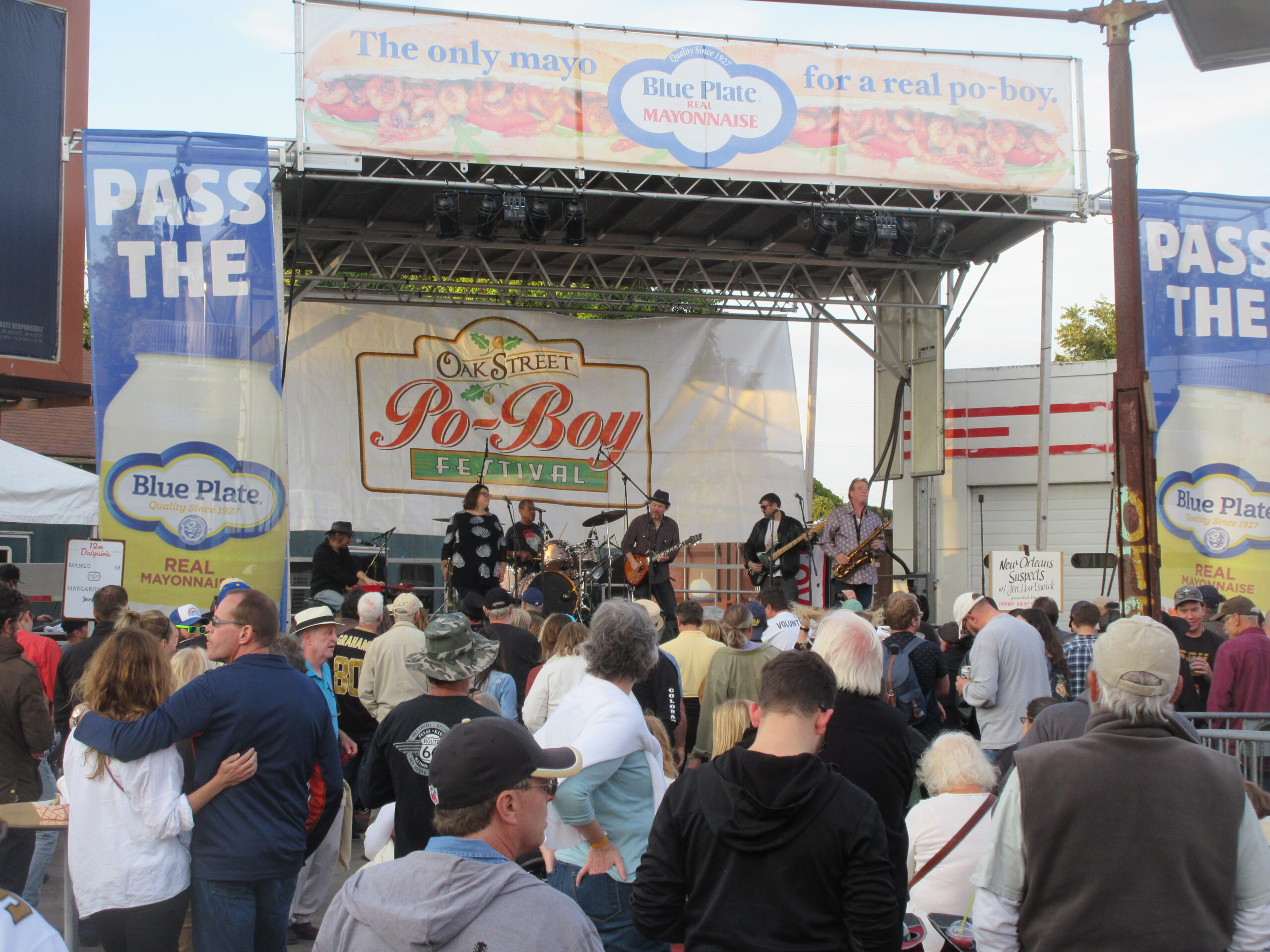
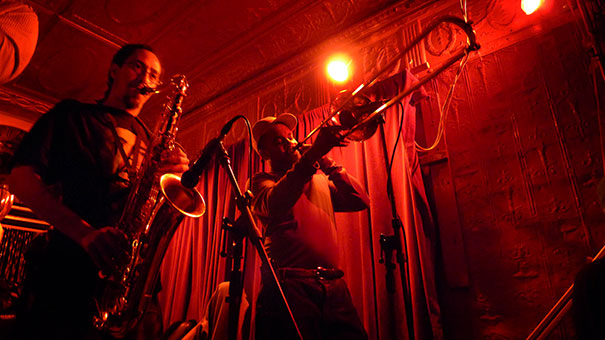
See Rebirth Brass Band on a Tuesday night at the famous, tin-ceilinged Maple Street Bar.
Walk by John Kennedy Toole’s house if you’re a fan of “A Confederacy of Dunces.” The Pulitzer Prize winning author’s former home is on the corner of Hampson and Adams streets. It’s a private home, but there’s a historic marker in the front.
Check out the art market on the last Saturday of each month in Palmer Park, at Carrollton and Claiborne at the end of the streetcar line.

History of Carrollton, New Orleans
By the 1850s the town of Carrollton had a train station, a racetrack, a hotel, and elegant houses with gardens. It was said the town had served as a resort and had received many Creole residents of the French Quarter and adjacent areas outside the American sector, who would take a train to visit Carrollton for a short vacation.
Here are three interesting tidbits: The riverfront area of Carrollton has been known since the mid-20th century as “Black Pearl,” and the “Queen of Gospel Music,” Mahalia Jackson, hails from the Black Pearl section of Carrollton. Also near the riverfront there was the so-called “Rising Sun Hall,” documented in the 19th century and apparently used for dances, Social Aid & Pleasure Club meetings, and other functions. It is said to have been the inspiration for the legendary song “The House of the Rising Sun.” Finally, the post of “mayor of Carrollton” survived to the 1980s, though informally. Well into the 2000s, the USPS would deliver mail addressed to “Carrollton, Louisiana” in the zip code of 70118.
Katrina-related flooding spared the neighborhood because it’s located on high ground. The charming neighborhood of Carrollton continues to thrive, with many college students moving into its oak-shaded Victorian houses every year to attend Loyola or Tulane. Most of the commercial activity is still centered around Carrollton’s three main streets: Oak, Maple, and Carrollton.
